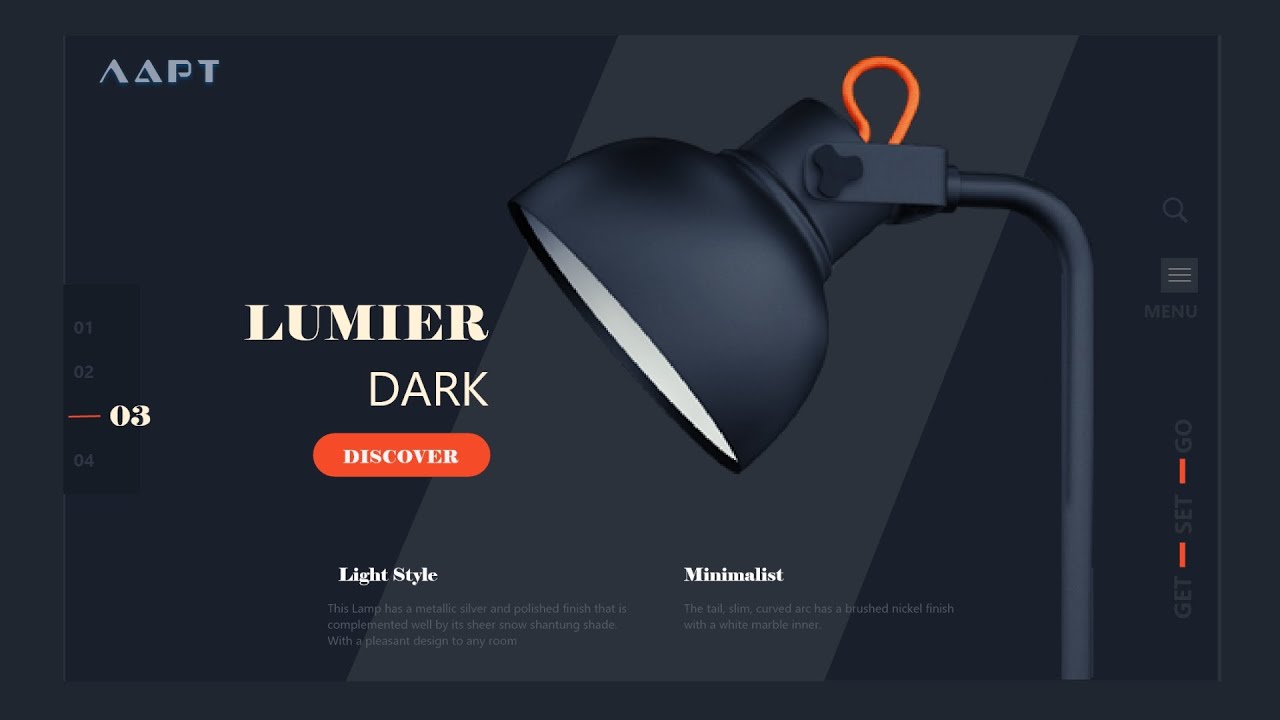

You can also allow visitors to share the comment on their Facebook page. Comments can be sorted by top, newest, or oldest. Price $14.99-39.99 | More Information | Demo FB Comments ModuleįB Comments Module adds a new commenting system so visitors can comment using their Facebook accounts. Define the home text, choose the separator, set the orientation, style the font, and lots more. Hide the home page and current page if you want. This hierarchy is sent to Google, greatly improving your website’s SEO. Divi Breadcrumbsĭivi Breadcrumbs adds a module to help your visitors see their position within your website’s navigation structure. Here’s a look at two popular modules available in the Divi Cake store. I mentioned earlier that there are lots of Divi modules available. Once this is complete your new module will be available within the Divi Builder.
#DIVI WORDPRESS CODE#
Add your desired margin and other default styles in style.css.įinally, compile the JSX code into regular JavaScript by running the yarn start command inside your plugin’s directory.
#DIVI WORDPRESS UPDATE#
Update the import and export statements in includes/modules/index.js and then edit the render() method so it produces the output that you defined in your PHP render() method. Rename the HelloWorld.jsx file inside your module’s directory to the name of your module. This will make your module available in the Divi Builder. Define the module’s settings in the get_fields() method.Ĭreate a React Component class that will handle the rendering of your module based on its props. Open it and then edit it with your own code. Next, rename the HelloWorld.php file to the name of your module with the.

Using the example module, rename the HelloWorld directory to the name of your module. Step 3 – Create your Divi moduleįinally, create your Divi module. Modify this to create your own extension.

Once you’ve done this you’ll see your extension inside your WordPress plugins directory. Create your extension by running the npx create-divi-extension my-extension command. Open a terminal and navigate to your WordPress plugins directory using the cd wp-content/plugins command. Use the Create Divi Extension tool to streamline the process by entering commands into the command line. This is a plugin that adds the module to Divi. Other options include Vagrant, Local by Flywheel (our preferred way), and XAMPP. This will include a WordPress installation, the latest version of Divi, LTS version of NodeJS, Yarn, and gettext.įor a local development environment Elegant Themes prefers Docker. Step 1 – Development Environmentįirst, set up a development environment. You’ll need to create a development environment, create the extension, and then create the module. How do you Create a Divi Custom Module?Ĭreating a custom module for Divi requires a working knowledge of the coding languages PHP, JavaScript, HTML, CSS, and ReactJS. CSS is used for styling such as effects and margins. They’re defined with a PHP class which defines all of the settings and renders the module’s HTML output on the frontend of WordPress.Įach module also has a JavaScript ReactJS component class that renders the module inside the Divi Builder. What’s in a Custom Divi Module?Ĭustom Divi Modules are created using web programming languages such as PHP, JavaScript, HTML, CSS, and ReactJS. Some are not readily visible, adding features such as popups or 404 pages. They include the standard Content, Design, and Advanced tabs and can be styled and customized like any Divi module. Most third-party modules add a physical element that can be used within the layouts. What is a Divi Custom Module?Ī Divi custom module is a third-party module that’s added to the Divi Builder through either a Divi Extension (in the form of a plugin) or embedded within a Divi child theme. Fortunately, new modules can be added to the Divi Builder. As great as these modules are, there are times when you’ll want a feature that isn’t included within these modules. Modules include all of the basic building elements such as text, images, galleries, forms, maps, blogs, headers, and lots more. Aimed at giving newbie WordPress users the power and flexibility required to create their own sites without having to get tangled up in a single line of code, Divi includes an intuitive visual layout builder and comes with over twenty pre-made designs - all of which are fully responsive (meaning they’ll look good on any size screen).īut hey, that’s enough of an introduction to Divi - because likely-as-not, you’re already familiar with all that Divi has to offer.The Divi Builder includes 46 modules to build your layouts.
#DIVI WORDPRESS FULL#
Divi, by Elegant Themes (read our full review here), ranks amongst the most revolutionary - not to mention popular - WordPress themes released to date.


 0 kommentar(er)
0 kommentar(er)
